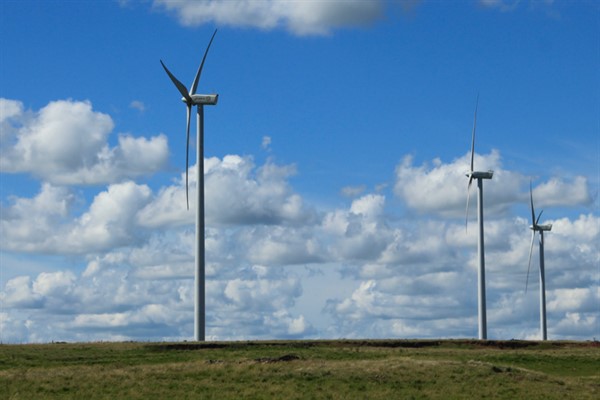In terms of progressive ideas, Uruguay has always punched above its weight. It introduced a free, universal public education system in 1878, 40 years before the United States. Eventually, Uruguay blossomed into one of the most robust social welfare states in Latin America, with the region’s lowest income inequality. It was the first country in the world to legalize recreational marijuana and the second in the region to legalize gay marriage, after Argentina.
This small country of 3.5 million people has also burnished its environmental credentials, conserving native forests, protecting biodiverse areas and striving to be carbon neutral by 2030. Few countries have demonstrated a comparable commitment to reducing emissions. Beyond lowering emissions of methane, a harmful greenhouse gas, from livestock and increasing forest coverage to promote greater carbon sequestration, Uruguay has radically transformed its energy grid.
Since the signing of the Kyoto Protocol in 1997, hailed as the first major international treaty on climate change, Uruguay’s aggregate renewable energy supply has grown by 93 percent. According to the International Energy Agency, only Denmark, Lithuania and Luxembourg are more reliant on wind and solar power. Between 2008 and 2017, Uruguay went from having virtually no wind power to nearly 4,000 megawatts of installed capacity. Emissions have fallen roughly 20 percent from their 2012 peak.

